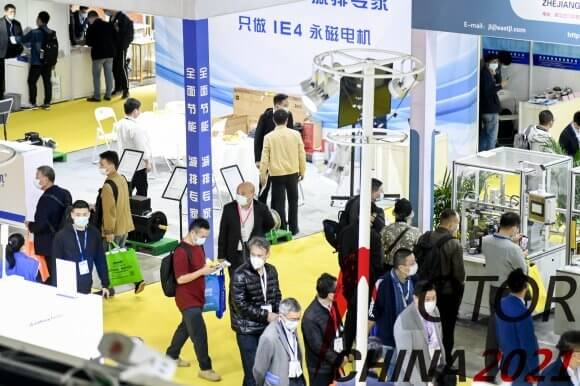The Evolution of Power Transmission: Why the 90V DC Right Angle Gearmotor Matters
In the ever-evolving landscape of industrial machinery and automation, the quest for compact, efficient, and reliable power transmission solutions continues to push innovation forward. Among the standout components driving this progress are the 90V DC right angle gearmotors, a marvel of engineering that seamlessly blends power, precision, and space-saving design.

What Is a 90V DC Right Angle Gearmotor?
At its core, a 90V DC right angle gearmotor is an electric motor designed to operate on 90 volts direct current (DC). Its defining feature is the right angle gearbox (typically a 90-degree gear reducer) that alters the motor's output direction without sacrificing torque or speed. These devices are engineered to transfer rotational energy from the motor to the driven machinery efficiently, all while fitting into tight spaces.
The design of a right angle gearmotor allows for a compact arrangement where the motor's shaft is perpendicular to the output shaft. This configuration opens the door to versatile installation options, especially in environments where space constraints are a critical consideration.
The Anatomy of a 90V DC Right Angle Gearmotor
Understanding the anatomy of these gearmotors highlights why they are so effective. They generally consist of three main components:
Motor Core: The powerhouse, which converts electrical energy into rotational motion. For these gearmotors, the core is optimized for durability, quiet operation, and energy efficiency, often featuring brushed or brushless DC motor designs.
Gearbox (Gear Reducer): The heart of the right angle gearmotor, typically composed of high-precision gears—spur, helical, or bevel gears—that reduce the high-speed rotation of the motor to a lower, controlled speed with increased torque. The right angle configuration employs bevel gears to effectuate a 90-degree turn in the direction of the shaft.
Output Shaft: The final component that delivers power to the driven machinery. Its orientation, length, and specialty (e.g., keyed, splined) can vary based on application needs.
Key Features of 90V DC Right Angle Gearmotors
What makes these gearmotors particularly appealing? Some of their standout features include:
Compact Form Factor: Their right angle design means they often take up less space than inline gearmotors, making them perfect for confined environments.
High Torque Output: Despite their small size, they can generate substantial torque, ideal for applications requiring forceful movement.
Efficiency and Reliability: With high-quality gear materials and precision manufacturing, these gearmotors deliver dependable performance over long periods.
Adjustable Speed and Torque: By selecting appropriate gear ratios, engineers can tailor the gearmotor's output to match specific application demands.
Ease of Integration: Their standardized design allows for simple installation and maintenance, reducing downtime and operational costs.
Real-World Applications
The versatility of 90V DC right angle gearmotors is evident across various industries:
Robotics: Enabling smooth, precise movements within tight joints or confined spaces.
Industrial Automation: Powering conveyor systems, packaging machines, and automated doors.
Medical Equipment: Supporting compact, reliable solutions in medical devices where space and precision are paramount.
Solar Tracking Systems: Adjusting solar panels to optimize sunlight capture with accurate and durable drive systems.
Electric Vehicles and Mobility Devices: Assisting in steering, seat adjustments, and other auxiliary functions requiring space-efficient power units.
The Engineering Behind the Choice
Choosing a 90V DC right angle gearmotor involves considering multiple factors such as torque requirements, speed, voltage compatibility, and environmental conditions. Their design must withstand challenges like vibration, temperature fluctuations, and continuous operation.
Advanced manufacturing processes have led to improvements in gear materials (e.g., hardened steel, composites), lubrication techniques, and electronic controls, all enhancing the performance and lifespan of these gearmotors.
In addition, innovations like sensorless control and regenerative braking further expand their functionality within complex systems, facilitating smarter and more energy-efficient machinery.
(Stay tuned for Part 2, where we'll explore the benefits of these gearmotors in detail, compare different types, and delve into future trends shaping their development.)
Established in 2005, Kpower has been dedicated to a professional compact motion unit manufacturer, headquartered in Dongguan, Guangdong Province, China.




































